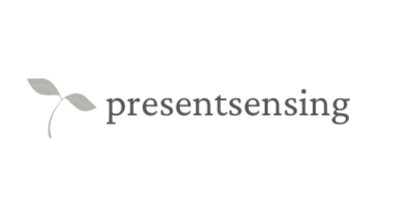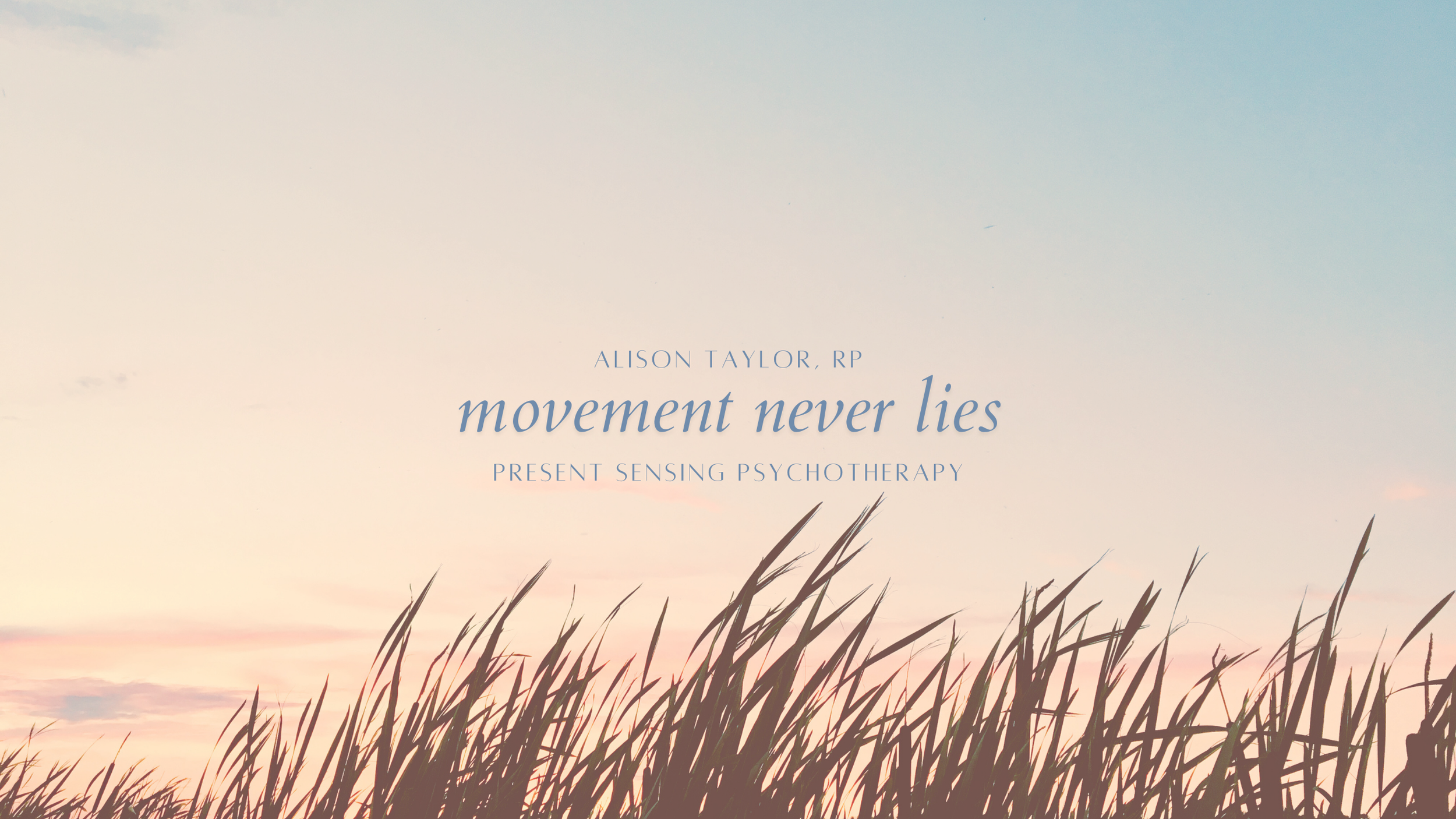Movement Never Lies: Exploring Embodiment in Therapy
“movement never lies. it is a barometer telling the state of the soul's weather to all who can read it.”
We are constantly using our bodies to communicate feelings and intentions to the world. From unconscious gestures to facial expressions that shift as we speak and listen, our bodies send important messages about our needs and values every moment.
In embodied, relational Gestalt therapy, movement and awareness of our body are essential to understanding ourselves and how we connect with others.
When Words and Feelings Don’t Match
Have you ever had an experience where your words didn’t align with your feelings? Or where you felt misunderstood in a conversation, even though you were trying to explain yourself clearly?
Nonverbal communication is a powerful part of how we express ourselves and how we connect. Building awareness of movement and bodily expression helps you:
communicate more authentically
feel more deeply understood
connect with others in meaningful ways
Movement and Embodiment in Therapy
“Movement” and “embodiment” aren’t limited to dance. In therapy, movement refers to how we use gesture, posture, breath, and spatial awareness to explore our emotional experience.
Embodied explorations in therapy might include:
👉 gestures
👉 movements or micro-movements
👉 metaphor and imagery
👉 sensory awareness
👉 kinaesthetic awareness
These practices deepen your ability to notice how you’re being impacted by the world — and how you impact and make an impression on the world around you.
Bodily Knowing and Emotional Awareness
Have you ever had the experience of knowing something in your bones? This is bodily knowing — the deep wisdom of your body that often comes before conscious thought.
Our bodies and emotions are inextricably linked. Thoughts, feelings, sensations, movements, and gestures shape our emotional experience — and our emotions shape how we move and sense.
By paying attention to your body in therapy, you can:
uncover deeper emotional awareness
strengthen your connection to yourself
improve relational presence and communication
trust your bodily knowing as a guide
Embodiment, Movement, and Therapy
At the heart of therapy is relationship. By exploring how you move, gesture, and sense, you move toward a deeper understanding of yourself and others. Embodied, relational Gestalt therapy supports you to bring curiosity to your body’s wisdom, integrating movement and awareness into your healing process.
Frequently Asked Questions About Movement in Therapy
What does “movement never lies” mean?
It means our bodies reveal truth through gestures, posture, and expression, even when our words say something different. Movement communicates our deeper feelings and needs - to ourselves and the world.
How does therapy use movement and embodiment?
In embodied, relational Gestalt therapy, movement is used to explore sensations, awareness, and emotions. Paying attention to how you move can deepen self-understanding.
What is bodily knowing?
Bodily knowing refers to the intuitive wisdom of your body. This is your felt sense of “knowing in your bones” before words or rational thought. In therapy together, we support you to trust and access the wisdom of your body.
How can movement awareness improve relationships?
By noticing how you express yourself through movement (gesture, expression, etc.), you can communicate more authentically, understand others more clearly, and deepen intimacy.
Do you offer therapy focused on movement and embodiment online?
Yes. I offer embodied, relational Gestalt therapy in Toronto and online therapy across Ontario, where movement and bodily awareness are integral to the work.
Book a free consultation to explore what therapy can make possible.


